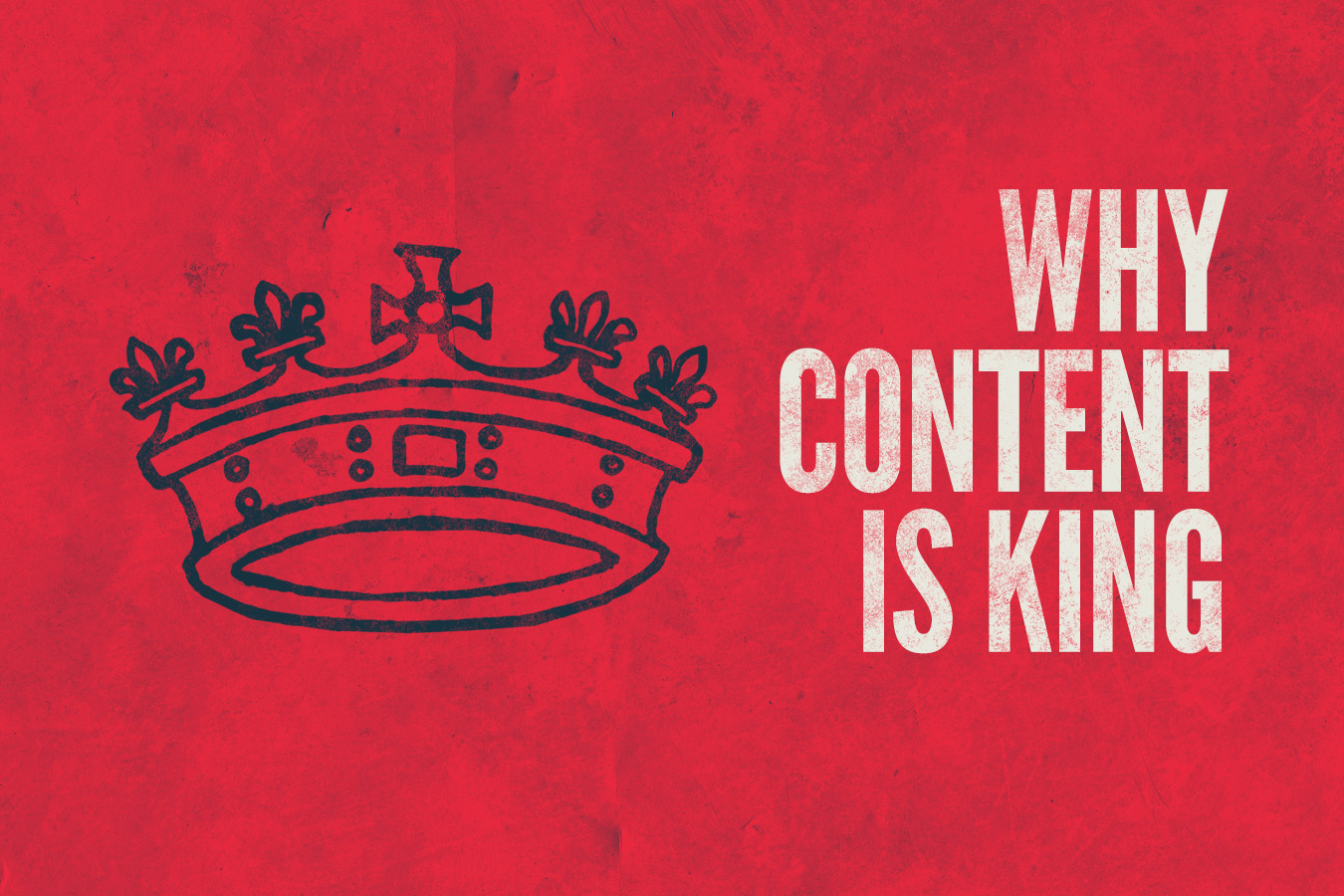The marketing world is shifting fast; and to stay ahead of this plate tectonic disco ball, you have to revolutionize the way your products are marketed. Say it with me now; Content is King. Content is the new black, it’s the who’s who, it’s the new mac daddy of marketing and if it’s not your bag, it really should be, baby.
How do we know what’s cool?
It used to be that if you read it in a glossy magazine or saw it on TV, you could go to the mall and emulate your favorite celebrities, personalities or brands. And that’s still true, except now the glossy magazine, the TV and even the mall are in my back pocket. My smartphone or tablet is where I am entertained, informed and impressed. The faster your marketing takes advantage of the convenience of these handheld miracles, the better.
Imagine if you were reading a fashion blog and wondering who wore it better, Kim Kardashian, Beyoncé or you? Just click on the page and buy the outfit instantly. Or maybe you’re reading about a solar battery charger that would be perfect for keeping your phone charged on your summer camping trip. Consider it yours. How about a medical issue? If you’re consulting WebMD about your recurring backache, you can buy recommended medications online and have them delivered to your door tomorrow.
Sound intuitive? It is, but alas, so few people are taking advantage of this opportunity and online shoppers still have to take that virtual trip to the mall by searching for the product they have just been reading about.
Why content?
Content is the story you are telling about your product. When people read that story, they are inspired. For the same reason that Google tailors their ads to keywords from your email, you should utilize your content to sell your products.
That doesn’t mean you should be writing only about your products; in fact exactly the opposite. You should be writing around your products and selling the image, the lifestyle and the feeling it encompasses rather than the product itself.
 When Aron Slipacoff created Canadianicons.ca he decided to sell not just products, but the legends and icons they represent. You see, Aron isn’t just selling mukluks; he’s selling Canadian culture. Candianicons stems from Aron’s love of Canadiana. Instead of selling Canada Goose parkas, he tells the story of how the parkas were created from caribou and seal by the Inuit of northern Canada. How Canada Goose works with Inuit elders to perfect their designs and about their contributions to the Inuit communities. Your association is now with the history of the parka, with the culture of the Inuit and with the icons of expedition like Richard Attenborough.
When Aron Slipacoff created Canadianicons.ca he decided to sell not just products, but the legends and icons they represent. You see, Aron isn’t just selling mukluks; he’s selling Canadian culture. Candianicons stems from Aron’s love of Canadiana. Instead of selling Canada Goose parkas, he tells the story of how the parkas were created from caribou and seal by the Inuit of northern Canada. How Canada Goose works with Inuit elders to perfect their designs and about their contributions to the Inuit communities. Your association is now with the history of the parka, with the culture of the Inuit and with the icons of expedition like Richard Attenborough.
Having read the history of the parka, you are immersed in the culture of Canada’s north. Basking in the warm glow, you click on the ‘shop’ tab and select the parka you want. You haven’t just bought a parka; you now own a little piece of Canadian history.
So, how’s your content marketing doing? Does it sell the story of your product and can your readers access the products easily from your blog page? Online marketing isn’t just about your Google ranking, it’s about so much more, and so are you.











